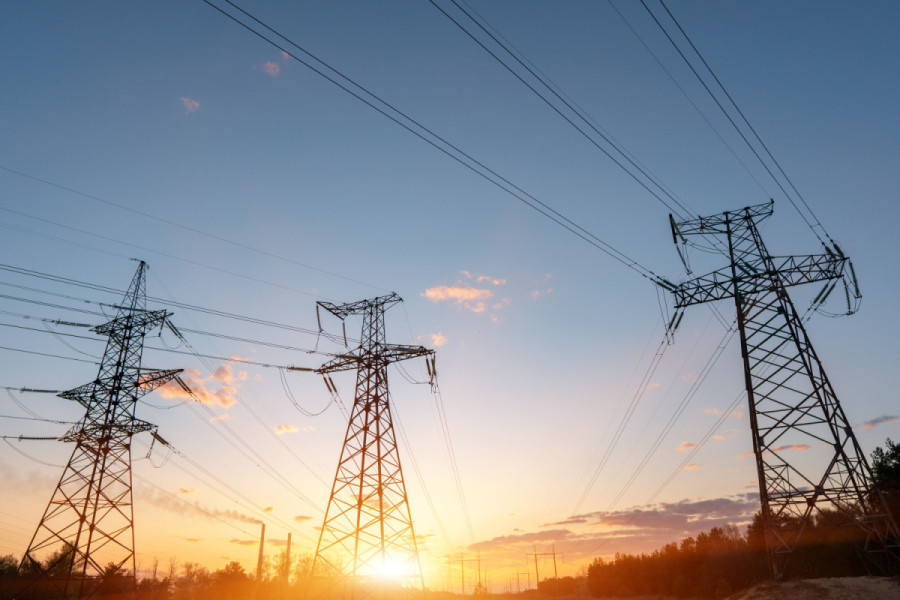Columns
Incomplete electricity reform
Proposed draft amendments to the Electricity Act must do more to address Nepal’s energy needs.
Bishal Thapa
Nepal’s monarchy reformed more frequently in its history than Nepal’s electricity sector has done in its. And we all know where the story of the monarchy ended.
A draft proposal to replace Nepal’s Electricity Act 2049 with a revised Electricity Act 2080 was introduced in parliament late last year. The Electricity Act 2049, promulgated in 1992, established the sector’s structure, rules, operations and governance. The core framework of the Act has endured since then, though several developments, such as electricity trading, have pushed into certain areas. A revised Act is critically needed.
The proposed new Act is currently under consideration with the Infrastructure Development Committee of the federal parliament, where a sub-commitment on Energy, Water Resources and Irrigation has been formed to solicit expert opinion and stakeholder views.
In the 32 years since the Electricity Act was first promulgated, several efforts have been made to reform it, the last one in 2022. But none have been successful. This one has gone the furthest, but it faces strong headwinds, not just because of political uncertainty but also because it has received only mixed reviews from stakeholders.
The draft Electricity Act 2080 disappoints. It comes too little, too late, and misses an opportunity to modernise the sector in a way that truly addresses the energy and development needs of its people. It must do more.
Think energy, not just electricity
Here are some sobering facts to start the discussion on the proposed electricity act.
Electricity accounts for a small fraction, only 5 percent, of Nepal’s total energy use, the latest available data for 2021 from the International Energy Agency (IEA) shows. The vast majority, or 67 percent of the total energy that Nepalis consume, is still traditional fuel, such as biomass and waste. Coal, gas and oil make up the rest, and within that, oil and gas represent 19 percent of the share.
The change in energy use over the last two decades (2000-21) shows that the share of electricity use is growing but remains minuscule relative to the others. In the last two decades, since 2000, the share of traditional fuels (biomass and waste) in total final energy consumption has declined from 87 percent to 67 percent, IEA’s data reveals. The share of fossil fuels (coal, gas, oil) increased from 12 percent to 27 percent, partly explained by the increase in the use of cooking gas and transport fuels. Over that same duration, the share of electricity in total final energy use increased from 1.7 percent to 5.3 percent.
But this is only half the story.
Over those two decades, the total final energy consumption in Nepal almost doubled, from 340 thousand trillion joules to 650 thousand trillion joules, or by 91 percent (a joule is a unit of energy). Traditional biomass and waste fuels accounted for just short of half, or 46 percent, of that increase, while fossil fuels (coal, oil, and gas) growth explained 43 percent. Electricity represented only 9 percent of the growth in total energy consumption in Nepal over the last two decades.
Nepali still predominantly use biomass and waste fuels, primarily for cooking, not out of choice, but by necessity. Alternative fuels, either cooking gas or electricity, are not adequately accessible, affordable, or reliable.
Nepal’s electricity act must be cast in this context, where approximately 70 percent of the energy use of all its people continues to be wood, agricultural and forest waste. Helping its people transition out of the burden of using traditional biomass fuels must be the central focus of Nepal’s development imperative and the core thesis of Nepal’s electricity act.
The squabble over the draft act has been consumed by issues around who will have the right to generate, transmit, sell and trade electricity and whether the role of the private sector will be secured. When you contrast the noisy discourse on the draft act against the fact that biomass still accounts for 70 percent of the energy use of Nepalis, and that electricity accounts for only 5 percent of the total energy use, the squabble over the draft act feels like a small bunch of rich Nepali men (for they are predominantly all men) fighting over who should get the spoils while the vast majority of Nepalis are still hunched over their smoke filled stoves burning wood and waste.
Electricity for whom?
The electricity act must do more to centre the primary objective around ensuring that all Nepali have access to reliable, clean and modern energy. Only one of the seven objectives of the proposed new act is on ensuring access to clean, reliable, affordable and modern electricity for all Nepalis. The other six objectives focus on the principles for the structure and organisation of the sector.
Nepal’s electricity act should have one, and only one, objective, which should be to ensure that all Nepalis have guaranteed access to clean, reliable, affordable and modern electricity. Everything else, like the structure, organisation, ownership rights and institutional mechanism, are only the means of delivering on that guarantee to the people of Nepal. In its current form, the draft act makes it appear that the sector’s structure, organisation and institutional framework are the key focus, and the objective of access to clean, reliable, affordable and modern electricity for all Nepalis is a happy byproduct.
The lens and perspective from which the draft electricity act is drafted must change.
This could be done by centralising the draft act around the energy needs of Nepalis. For example, much of the draft act is focused on describing who will have what rights to the generation, transmission, distribution and trading of electricity. While the rights, including those of the private sector, are proposed, the corresponding responsibilities are not defined. How will the rights of Nepali people to clean, reliable, affordable and modern electricity be guaranteed? And what specific penalties and liabilities will those with responsibilities have in ensuring that the rights of consumers are guaranteed?
The draft electricity act must include a clear and unambiguous statement guaranteeing the right of all Nepalis to clean, reliable, affordable and modern electricity. It must also provide Nepalis with recourse against the failure to deliver on that guaranteed right, including punitive measures and penalties against parties that fail to deliver on their responsibilities.
Technology has changed
The last few decades have been marked by a radical transformation of technology in the energy sector. The emergence of renewable energy and electric storage, coupled with digital technologies, has changed how electricity is generated, distributed and consumed. These fundamental technological advancements have reshaped the very relationships between electricity consumers and suppliers, where consumers are both suppliers and consumers at the same time. Generation is not merely about production anymore—it is equally about savings. The ability to aggregate savings has created a new set of demand response strategies that are rapidly replacing conventional notions of peak capacity and reserve margin considerations.
In response to these advances, many countries have begun to restructure their electricity sector, allowing a wider range of stakeholders and consumers to engage more directly as producers, buyers and traders. Nepal must align and take advantage of these advances by devolving authority to the very core participant: the consumers.




 17.12°C Kathmandu
17.12°C Kathmandu















